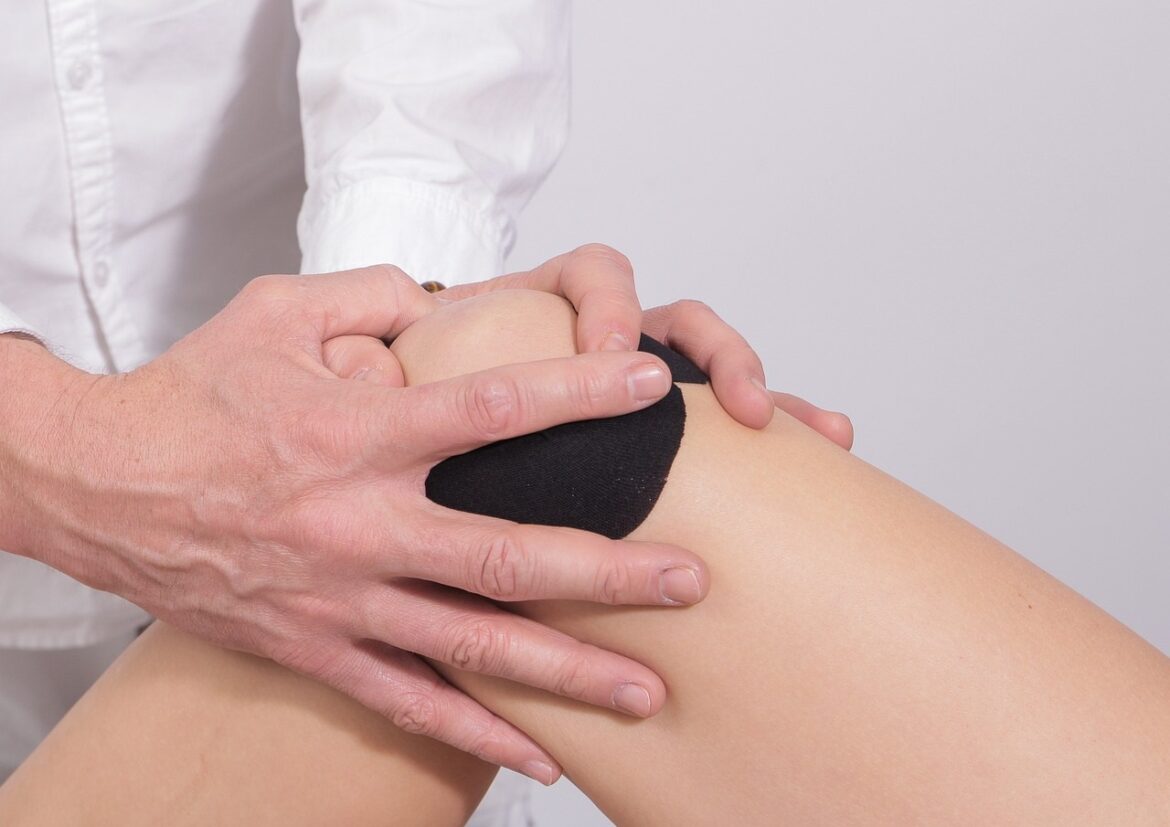Knee pain is a prevalent issue affecting people of all ages and backgrounds. Whether stemming from injuries, overuse, or degenerative conditions like osteoarthritis, knee pain can significantly impact daily life, hindering mobility and diminishing overall quality of life. However, there is hope for relief and restoration through the comprehensive approach of physiotherapy. In this article, we will explore how physiotherapy for knee pain can effectively address knee pain, empowering individuals to regain control over their knee health and lead active, fulfilling lives.
Understanding Knee Pain
Before delving into the role of physiotherapy in managing knee pain, it’s essential to understand the various factors that contribute to knee discomfort. Knee pain can arise from a multitude of causes, including traumatic injuries such as ligament tears or fractures, repetitive strain from overuse activities, or degenerative conditions like osteoarthritis. Regardless of the underlying cause, knee pain often manifests through symptoms such as difficulty flexing or straightening the knee, swelling, instability, and audible clicking or grinding noises during movement. These symptoms not only cause physical discomfort but also impede daily activities and diminish overall function.
Role of Physiotherapy in Managing Knee Pain
Physiotherapy offers a holistic approach to managing knee pain, addressing both the symptoms and underlying causes through a combination of targeted interventions. The primary goals of physiotherapy for knee pain include pain relief, muscle strengthening, improving range of motion, and enhancing overall mobility and function.
Physiotherapy interventions for knee pain may include:
Pain Management Techniques: Electrotherapy modalities such as ultrasound or TENS (Transcutaneous Electrical Nerve Stimulation) can provide effective pain relief by targeting nerve pathways and promoting circulation to the affected area.
Muscle Strengthening Exercises: Physiotherapists prescribe specific exercises targeting the muscles surrounding the knee joint, including the quadriceps, hamstrings, and gluteal muscles. Strengthening these muscles not only enhances joint stability but also reduces stress on the knee and improves overall function.
Range of Motion Exercises: Stiffness and limited range of motion are common issues in individuals with knee pain. Physiotherapy interventions, such as stretching exercises and joint mobilizations, aim to restore flexibility and improve the range of motion in the knee joint.
Functional Rehabilitation: Physiotherapists focus on improving functional movements relevant to daily activities, such as walking, climbing stairs, and getting up from a seated position. By targeting these functional movements, individuals can regain independence and enhance their overall quality of life.
Benefits of Physiotherapy for Knee Pain
Physiotherapy offers a multitude of benefits for individuals struggling with knee pain, including:
- Pain Relief: Physiotherapy interventions help alleviate discomfort and improve overall quality of life by targeting pain at its source.
- Increased Strength and Stability: By strengthening the muscles surrounding the knee joint, physiotherapy reduces stress on the knee and enhances its ability to absorb shock, thus improving overall stability.
- Improved Range of Motion: Physiotherapy interventions such as stretching exercises and joint mobilizations help restore flexibility and improve the range of motion in the knee joint, facilitating smoother, more comfortable movement.
- Enhanced Mobility and Function: Physiotherapy aims to improve overall mobility, making it easier to perform daily activities and enhancing overall function and independence.
Physiotherapy Treatment Approach
The treatment approach in physiotherapy for knee pain is highly personalized, with physiotherapists developing tailored treatment plans based on individual needs and goals. Treatment sessions typically involve a combination of hands-on manual therapy techniques, targeted exercises, and modalities such as electrotherapy. Home exercise programs are also provided to complement in-clinic sessions, ensuring continuity of care and maximizing rehabilitation outcomes. Throughout the treatment journey, progress is closely monitored, and adjustments are made to the treatment plan as needed to ensure optimal results.
Maintaining Knee Health
While physiotherapy provides effective relief and rehabilitation for knee pain, maintaining knee health in the long term is essential to prevent future issues. Physiotherapists often provide guidance on lifestyle modifications, including regular exercise routines, maintaining a healthy weight, and practicing proper body mechanics and posture. These proactive measures help individuals sustain the benefits of physiotherapy and enjoy lasting knee health.




